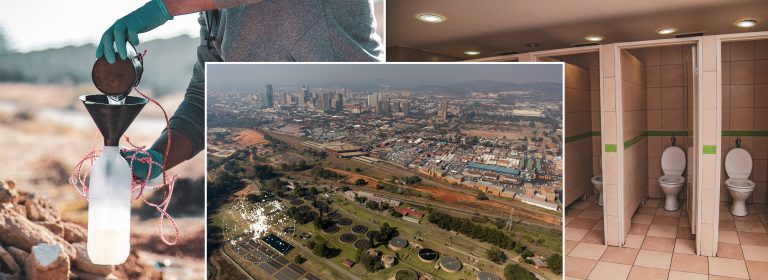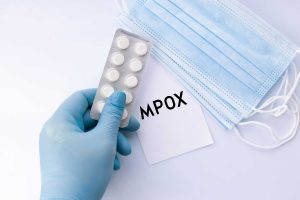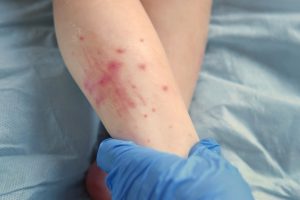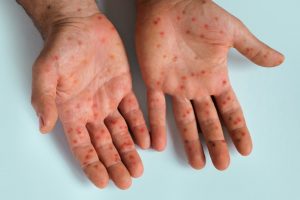Dear colleagues,
The NICD has partnered with the Gauteng City-Region Observatory to explore wastewater’s link to population dynamics and societal impact. Collaborating with various institutions, this project aims to align socio-economic and spatial data with disease burden, ultimately enhancing public policy decisions for public health. This is the collaboration’s first public output.
In this photo essay, we explore how wastewater is treated and how we can use wastewater to tell us about community health. Amid the COVID-19 pandemic, detecting the spread of infection was difficult due to costly and selective testing, asymptomatic cases, and delayed data.
Wastewater surveillance (monitoring) has gained popularity as an affordable way to monitor whole populations in near real-time without needing to collect clinical data from individuals. Wastewater epidemiology is a valuable tool for disease trend analysis, early warning, and studying pathogen diversity.
This photo essay tells the story of wastewater collection, treatment, and analysis in two parts.
Part 1 of the photo essay looks at our sewer systems and how wastewater is treated. We use photos to demonstrate a step-by-step wastewater treatment process for a treatment plant in the City of Tshwane.
Part 2 of the photo essay shows how raw wastewater is collected and analysed to measure the burden of COVID-19 or other diseases. We show laboratory procedures and how viral RNA or DNA particles are identified.
Click here to read the photo essay.





